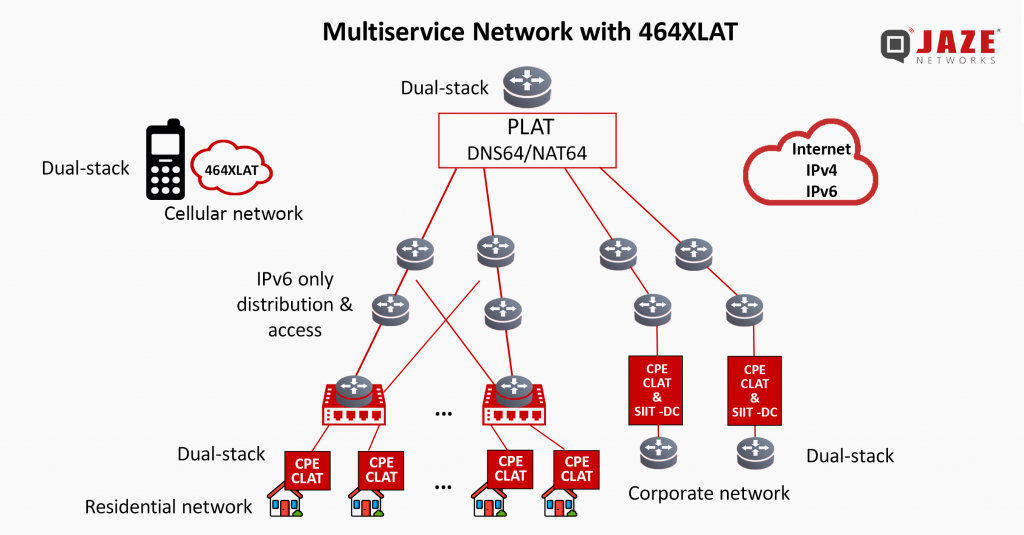The internet is running out of IPv4 addresses. IPv6 is the next generation addressing protocol designed to solve this issue. As an ISP, transitioning to IPv6 is crucial for future growth.
Here’s a 12-step guide to navigate this process:

- Assess Customer Base and Future Growth
Determine your current and projected customer count (home and corporate). Request an appropriate IPv6 prefix: /32 for up to 50,000 customers, /31 for up to 100,000, and /30 for up to 200,000. If necessary, request an upgrade of your current prefix. Visit your Regional Internet Registry for requests.
- Conduct a Network Audit
Evaluate your equipment for IPv6 support. Document all components, from upstream connections to customer premises equipment (CPEs). Push vendors to provide necessary support if lacking.
- Get Professional Training
Enroll in training programs with experienced IPv6 deployment companies. RIPE NCC offers valuable IPv6 training material. Consider consulting services for a smoother transition, saving time and reducing potential business losses.
- Confirm Upstream IPv6 Support
Verify IPv6 support with your upstream providers and configure BGP sessions accordingly. Ensure Content Delivery Networks (CDNs) used have IPv6 support. Seek better partners if your current ones lack support. Use tunnels like 6in4 or GRE only as temporary solutions if dual-stack is unavailable.
- Review Security Policies
Update security policies to match those of IPv4, avoiding ICMP filtering for IPv6. Check IPv6 prefix filtering in BGP peers and review operational security considerations.
- Update Monitoring Systems
Ensure all monitoring systems support IPv6. Systems should handle IPv4 and IPv6 equally, tracking traffic quality, stability, and visibility of your prefixes.
- Design Your IPv6 Addressing Plan
Create a detailed addressing plan, different from IPv4. Use an IP Address Management tool for accuracy. RIPE Labs’ article on preparing an IPv6 addressing plan and the online IPv6 Subnetting Card are useful resources.
- Deploy IPv6 in Core and Distribution Networks
Start with dual-stack deployment in core and distribution networks. Consider phasing out IPv4 in parts of your network later to reuse those addresses elsewhere.
- Conduct a Small Trial
Begin with a trial in your corporate network. Allocate a /64 for each LAN or VLAN and maintain dual-stack configurations. Use Stateless Address Configuration (SLAAC) and RDNSS. Involve corporate and residential customers in this phase.
- Prepare Access Network and Provisioning System
Update your access network and provisioning system, including billing systems. Choose an appropriate transition mechanism, like 464XLAT for residential customers. Use DHCPv6 prefix delegation for numbering customers, referring to RIPE BCOP for guidance.
- Configure Provider-Side Translator (PLAT)
Implement NAT64 and DNS64 in your network. Avoid carrier-grade NAT (CGN) due to higher costs and complexity. For cellular networks, deploy PLAT and set up an IPv6-only APN. Ensure devices like Android and Windows support customer-side translators (CLAT).
- Update Customer Premises Equipment (CPEs)
Update CPEs and conduct tests with customers. This step is critical and complex. Once successful, proceed with phased IPv6 activation and prepare for a commercial launch.
Jaze ISP Manager offers comprehensive solutions to help ISPs transition seamlessly to IPv6 with integration with all major BNG providers ensuring robust network performance and future-proof connectivity. Click here to know more.






